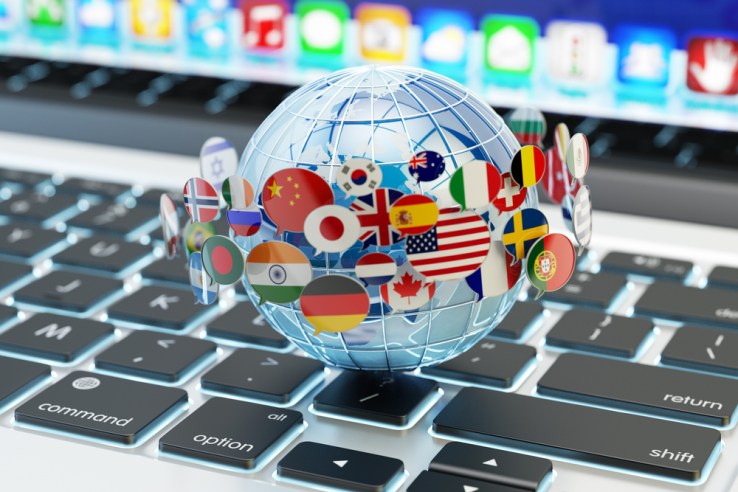
Google’s online translation tool hit a major milestone today as it nears its 10th anniversary. After adding 13 new languages, including Hawaiian and Kurdish, Google Translate now includes more than 100 languages (103 to be exact).
Google claims that this means the service, which started in April 2006, covers 99 percent of the online population.
The idea for Google Translate was first planted in 2004, when co-founder Sergey Brin became frustrated with a translation program the company was licensing after it translated a Korean email into “The sliced raw fish shoes it wishes. Google green onion thing!”
Google Translate now uses a combination of machine learning and human volunteers to make sure translations are accurate and not ridiculous. The company said in its announcement on the Google Translate Blog that in order to add a new language, it must be a written language with “a significant amount of translations in the new language” already online. That way, Google Translate can apply machine learning to the texts. Three million volunteers also correct translations and suggest new words.
The new languages added today are Amharic (which is spoken in Ethiopia); Corsican; Frisian (the Netherlands and Germany); Kyrgyz; Hawaiian; Kurdish; Luxembourgish; Samoan; Scots Gaelic; Shona (Zimbabwe); Sindhi (Pakistan and India); Pashto (Afghanistan and Pakistan); and Xhosa (South Africa).
Featured Image: cybrain/Shutterstock







 User Center
User Center My Training Class
My Training Class Feedback
Feedback












Comments
Something to say?
Log in or Sign up for free